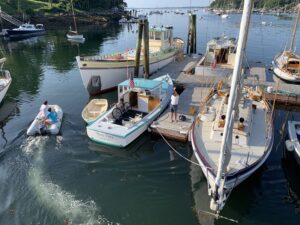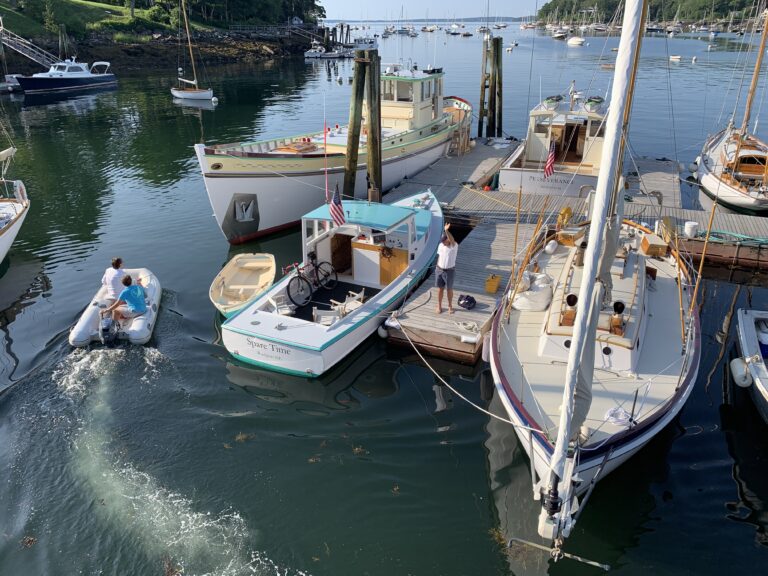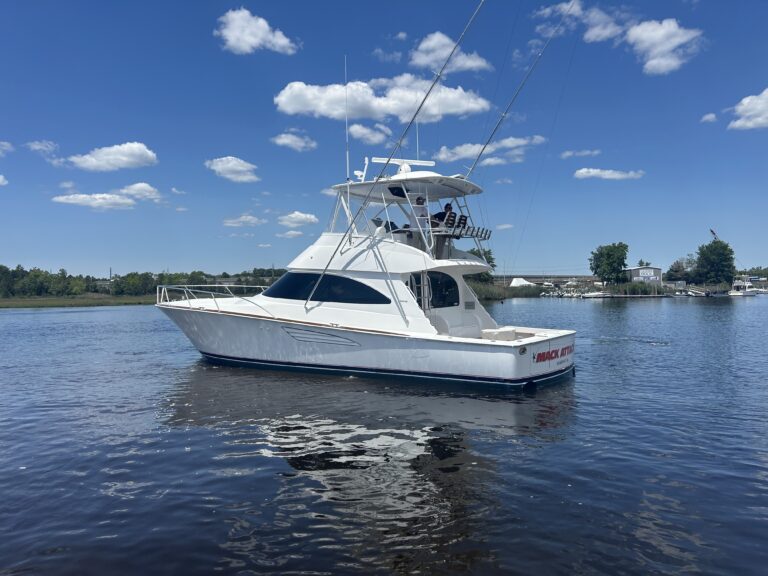Juvenile rockfish, white anemones, mussels and silver jack mackerel have turned the offshore oil rig named Holly into their home. Since Holly was shut down in 2015, marine life has taken over the structure. Holly isn’t the only residence for sea life. Off California, only 15 of the 27 oil rigs built between 1967 and 1989 are still pumping.
Marine biologist Ann Scarborough Bull and a team of colleague’s study how marine life has adapted and evolved to turn abandoned oil rigs like these into habitats. But now, the option to keep the disused rigs is up for debate, with some arguing they are an environmental blight. Marine scientists like Bull contend that removing the rigs will destroy these habitats that have been in place for decades.

“You would never allow the willful destruction of a kelp bed, or of a rocky reef,” said Bull for The Guardian, “even though rigs have similar biodiversity.”
A 2014 study co-authored by Bull reports the oil rigs were the most productive ocean habitats globally. The rigs, per her research, are 27 times more productive than natural reefs off California.

In many places, offshore oil rigs have successfully been removed, or turned into artificial reefs. The debate to remove the rigs off California comes with more legal technicalities than most, due to the water depth. At 800- to 1,000-feet deep, explosives would need to be used to dislodge the rigs from the seabed, causing environmental damage and requiring billions of dollars.
To read more on this debate, click here.










